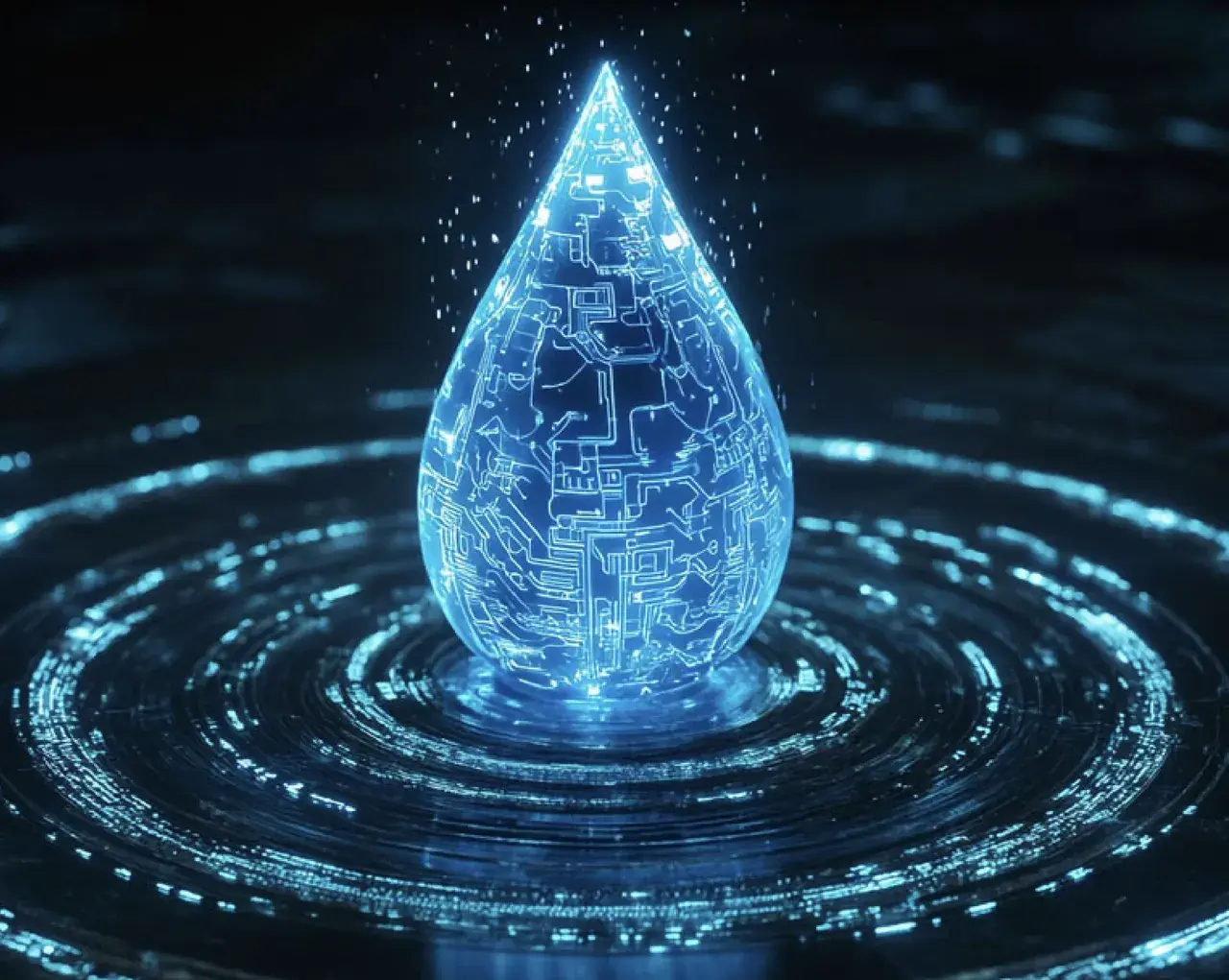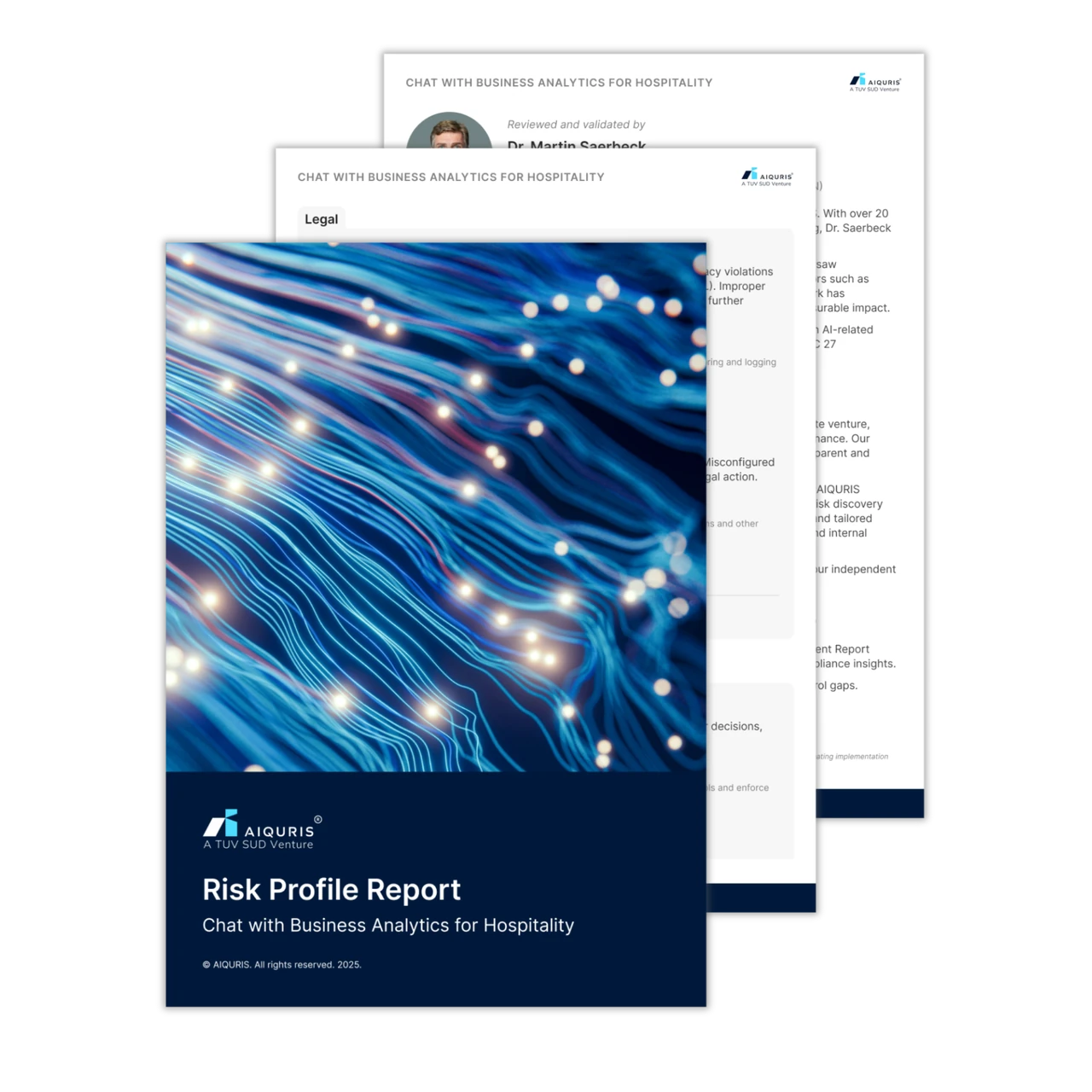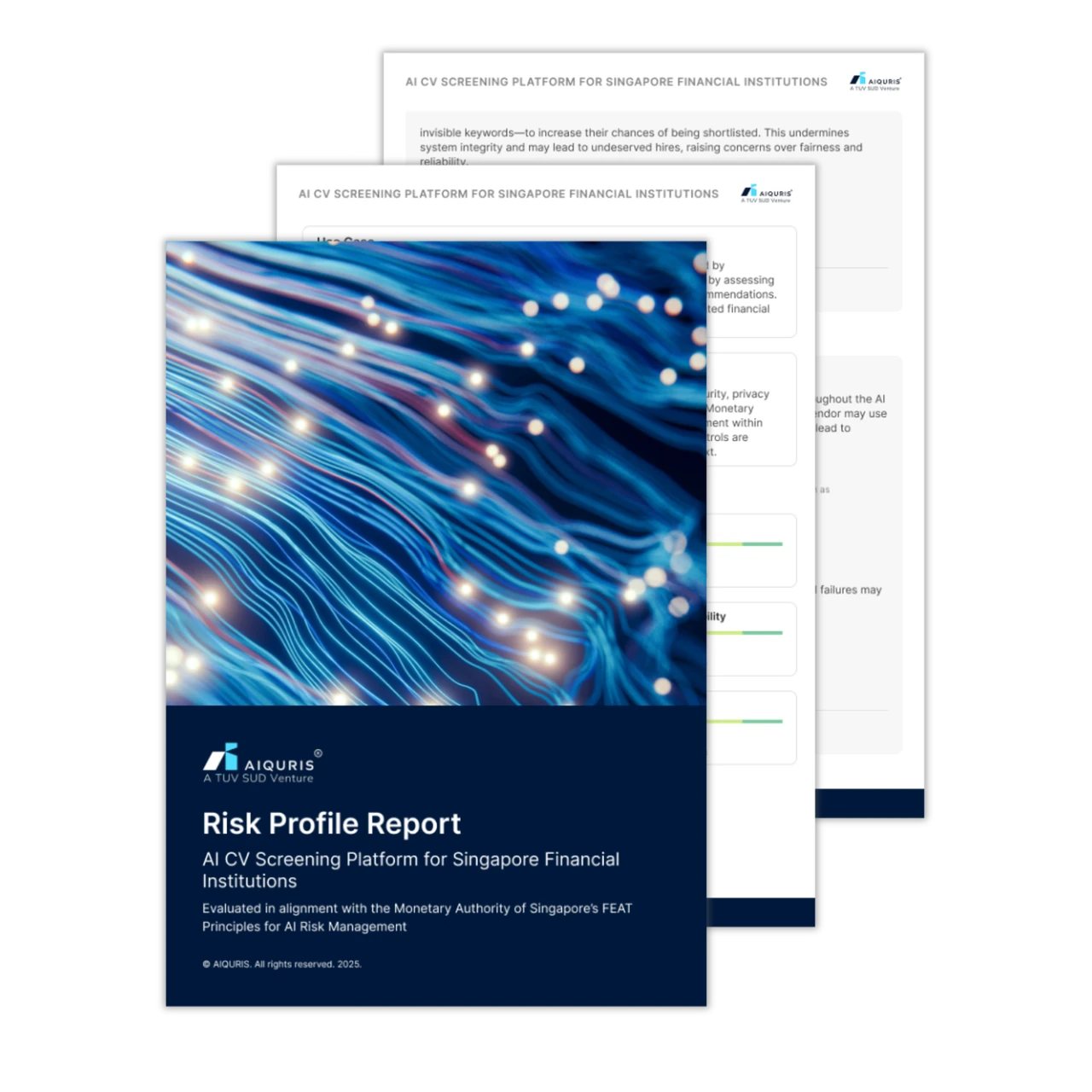Water treatment and utility companies across Europe face increasing challenges due to water scarcity, ageing infrastructure, and the need for sustainable practices. AI offers transformative solutions that can enhance operational efficiency, improve service delivery, and promote environmental sustainability within this critical sector.
The Role of AI in Water Treatment and Utilities
With over 2.2 billion people lacking access to safe drinking water globally1, the demand for improved water management systems has never been more urgent. In Europe, where stringent regulations like the EU Water Framework Directive govern water quality and availability, integrating AI into water treatment processes is essential. AI can offer water utilities the ability to predict problems before they occur, optimise the use of limited resources and ensure service reliability, even in the face of climate change and regulatory demands2.
Water utilities are integrating AI to enhance efficiency and operational resilience while navigating complex regulatory landscapes such as the EU Water Framework Directive. Robust AI governance frameworks are essential for managing evolving requirements and providing comprehensive risk profiling across safety, security, and ethical dimensions.
In this context, AIQURIS can help water treatment companies, through its AI risk and quality management platform, to minimise manual interpretation errors through continuous compliance checks, enabling proactive regulatory alignment and strategic insight, thereby ensuring that organisations consistently meet stringent standards and safeguard essential resources.
Predictive Analytics for Efficient Operations
AI-driven predictive analytics enable water utilities to forecast demand accurately and manage resources effectively by analysing historical consumption data and real-time variables such as weather. This technology optimises distribution networks, reduces waste, and enhances customer satisfaction through reliable service delivery3. Such data-driven strategies ensure sustainable water management across Europe while meeting stringent performance standards consistently.
Enhancing Water Quality Monitoring
Maintaining high water quality is crucial for public health. AI applications facilitate continuous monitoring of various parameters in water treatment plants, allowing for rapid identification of contaminants or deviations from established standards. AI technologies automate compliance checks and report generation, streamlining regulatory adherence while optimising treatment processes4.
Leak Detection and Infrastructure Management
One significant application of AI in water utilities is leak detection. Advanced algorithms analyse sensor data from pipelines and distribution systems to identify anomalies indicative of leaks. Proactive detection mechanisms can lead to a reduction of up to18% in water loss, which is particularly vital in regions facing prolonged drought conditions5. Additionally, AI can assist in prioritising maintenance efforts based on predictive models, helping utilities allocate resources more effectively.
Optimising Treatment Processes
In water treatment facilities, AI can enhance operational efficiencies by optimising chemical dosing, energy consumption, and overall process control. Machine learning algorithms can learn from historical performance data to adjust treatment methods in real time, ensuring that water quality remains consistent while minimising costs. Denmark’s Otterup Wastewater Treatment Plant implemented the AI-driven BSS Soft-Sensor, reducing chemical use, operational costs, and its carbon footprint6. This adaptive approach is becoming increasingly important as utilities strive to balance affordability with compliance to rigorous standards.
Implementation Challenges and Solutions
Despite the benefits, implementing AI in water treatment and utilities presents several challenges:
-
Data Integration: Effective AI deployment requires seamless integration of diverse data sources. Establishing standardised protocols is crucial for overcoming this hurdle.
-
Infrastructure Investment: Upgrades to existing systems necessitate substantial investment; however, leveraging EU grants and initiatives focused on digitalisation can mitigate financial burdens.
-
Skill Gaps: Training personnel to work with advanced AI tools is essential. Promoting educational programmes aimed at enhancing digital skills will empower staff and support successful adoption.
Case Studies: Leading Examples in Europe
Several European utilities are leading the way in AI adoption:
-
Thames Water, UK: AI-powered acoustic sensors for leak detection. Outcome: improving follow-up investigation rate of water leaks by as much as 20%7.
-
VA SYD, Sweden:By integrating Siemens' AI solution, VA SYD reduced unbilled water in its clean water production by 20%. The system can locate leaks in less than two hours, significantly improving operational efficiency8.
These examples demonstrate how AI can drive meaningful improvements in water treatment and utilities sectors across Europe.
Conclusion
As Europe grapples with pressing water management challenges, AI innovations offer powerful tools for enhancing water treatment and utility operations. From improving water quality monitoring to optimising treatment processes and infrastructure management, AI transforms water resource management. AIQURIS plays a crucial role by providing governance frameworks and risk management tools, ensuring AI deployment is responsible and compliant. By focusing on ethics, sustainability, and regulatory adherence, AIQURIS empowers water utilities to harness AI’s potential while safeguarding transparency, fairness, and environmental responsibility.
To explore how AIQURIS can help with AI governance, talk to an expert today.






